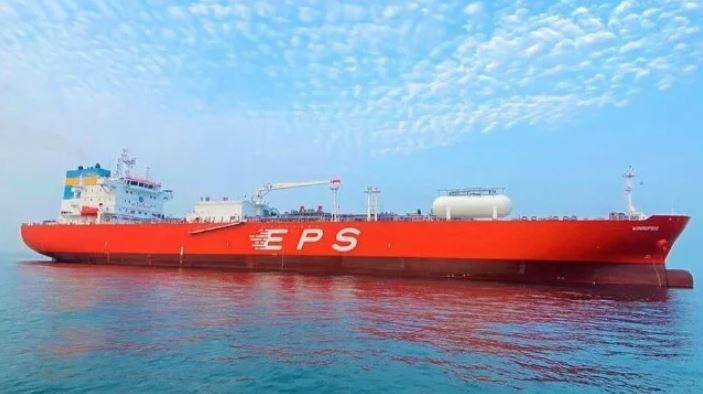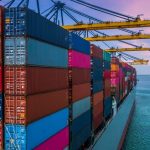Seeking to move ahead of the industry and encourage other shipping lines to follow their lead, Singapore’s Eastern Pacific Shipping announced its intention to place the first order of its kind for an ocean-going ammonia dual-fuel gas tanker. The company signed a memorandum of understanding at the kick-off of the Posidonia conference involving a consortium of industry leaders to deliver the first ammonia-fueled vessel by as early as 2025.
Eastern Pacific Shipping committed to the order for the vessel that will be built by South Korea’s Hyundai Heavy Industries. The plan calls for the ship to be the first vessel fitted with the MAN Energy Solutions G60 two-stroke dual-fuel ammonia engine. American Bureau of Shipping and the Maritime and Port Authority of Singapore also joined in the project with the companies saying they shared the goal of supporting the development of the vessel and bringing it to fruition to accelerate decarbonization efforts in the maritime industry.
“We believe that our industry will need to rely on multiple solutions to steadily lower and eventually eliminate emissions. That’s why it is critical for us to constantly invest and develop various alternative marine fuels in order to offer the right solution to the right segment at the right time,” said Cyril Ducau, CEO of EPS.
The use of ammonia as an alternative marine fuel shows great promise as it eliminates carbon dioxide emissions, which make up the vast majority of overall greenhouse gas emissions. However, there is no engine commercially available in the market today that can use ammonia as a marine fuel.
“The use of ammonia as a marine fuel is the next logical step for EPS and the industry. I am pleased that EPS, MPA, HHI, and ABS have come together on what will certainly be a pivotal moment in our energy transition,” said Ducau.
The companies highlighted that there are several efforts underway for “ammonia-ready vessels,” with several shipping lines having already ordered vessels that will be able to switch to ammonia from other alternative marine fuels. However, they noted that they will still require a major engine retrofit once ammonia engines become commercially accessible.
Today’s announcement was designed to showcase that a willingness to invest in and develop various emission-lowering alternative marine fuels, like ammonia, is required to create pathways for wide-scale adoption. The MoU states the dual-fuel ammonia tanker, or possibly multiple ships, could be either a midsize gas carrier, large gas carrier, or very large gas carrier and could be delivered as early as 2025. ABS will class the vessel and Singapore will serve as its flag state accepting the innovative vessel into its registry.
Eastern Pacific is deploying a diverse strategy exploring a broad range of solutions in order to meet the ultimate goal of eliminating carbon emissions. The company conducted a log distance test with biofuel in 2020 and has introduced vessels with new fuel systems including its first LNG-fueled bulkers. Just two weeks ago, EPS took delivery in South Korea on the first of six Very Large Ethane Carriers (VLEC) built with dual-fuel ethane propulsion. They also recently announced plans to retrofit two MR tankers with carbon capture systems, making them the largest ocean-going vessels fitted with carbon capture technology to date
Source: The Maritime Executive






